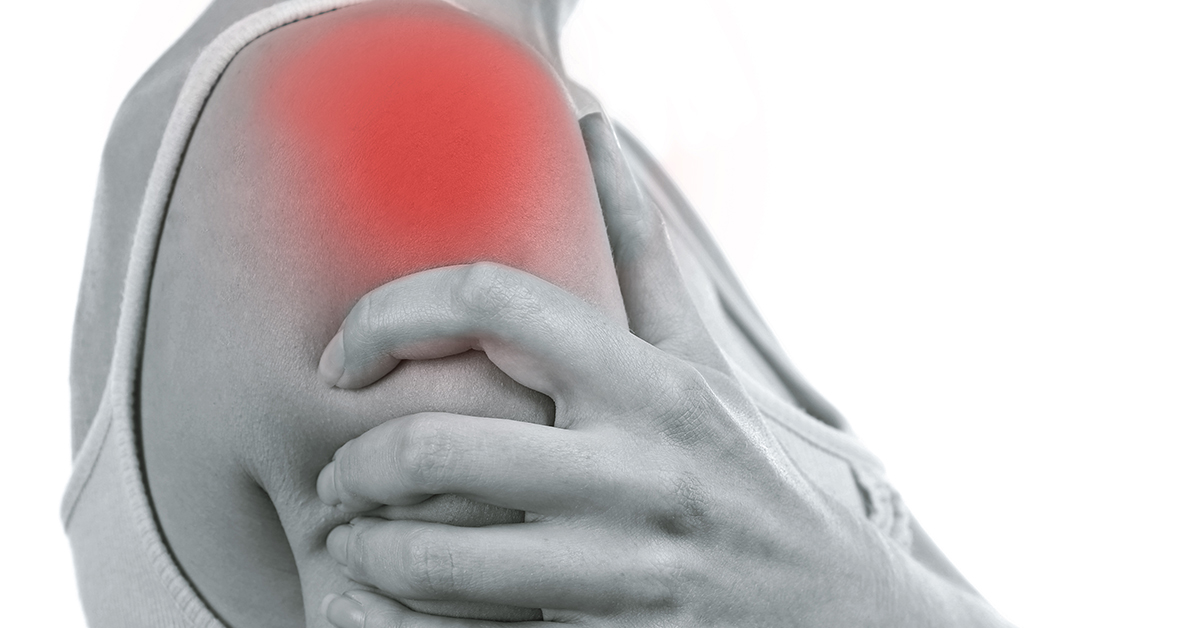
What is a Shoulder Dislocation?
The glenohumeral joint, or shoulder joint, is not as stable as the other joints in the body, so shoulder dislocation is fairly common. Shoulder dislocation occurs when the top of the bone in the upper arm, called the humerus, is forced out of the glenoid, the socket in the shoulder joint.
What Causes Shoulder Dislocation?
Shoulder dislocation can be caused if the shoulder suddenly receives a heavy blow or is forced to move in a way it is not prepared for. This can occur due to a fall or a sudden impact, so it is common in sports, but it occurs in many other situations as well.
Symptoms and Diagnosis
Symptoms of shoulder dislocation include pain, weakness, and mobility issues. The arm may appear to hang incorrectly off the shoulder. Your doctor will look for these symptoms in order to diagnose a dislocated shoulder. An X-ray or other tests may be used to confirm the diagnosis and to determine if any other damage to the shoulder has been done.
How is Shoulder Dislocation Treated?
Until the patient is able to get to a doctor, the arm may be kept in a sling to help with discomfort. Shoulder dislocation can usually be treated with a non-surgical procedure called reduction. This procedure manually inserts the humerus back into the glenoid. If the dislocation is especially severe and tendons, nerves, or ligaments appear to be damaged, surgery may be necessary.

